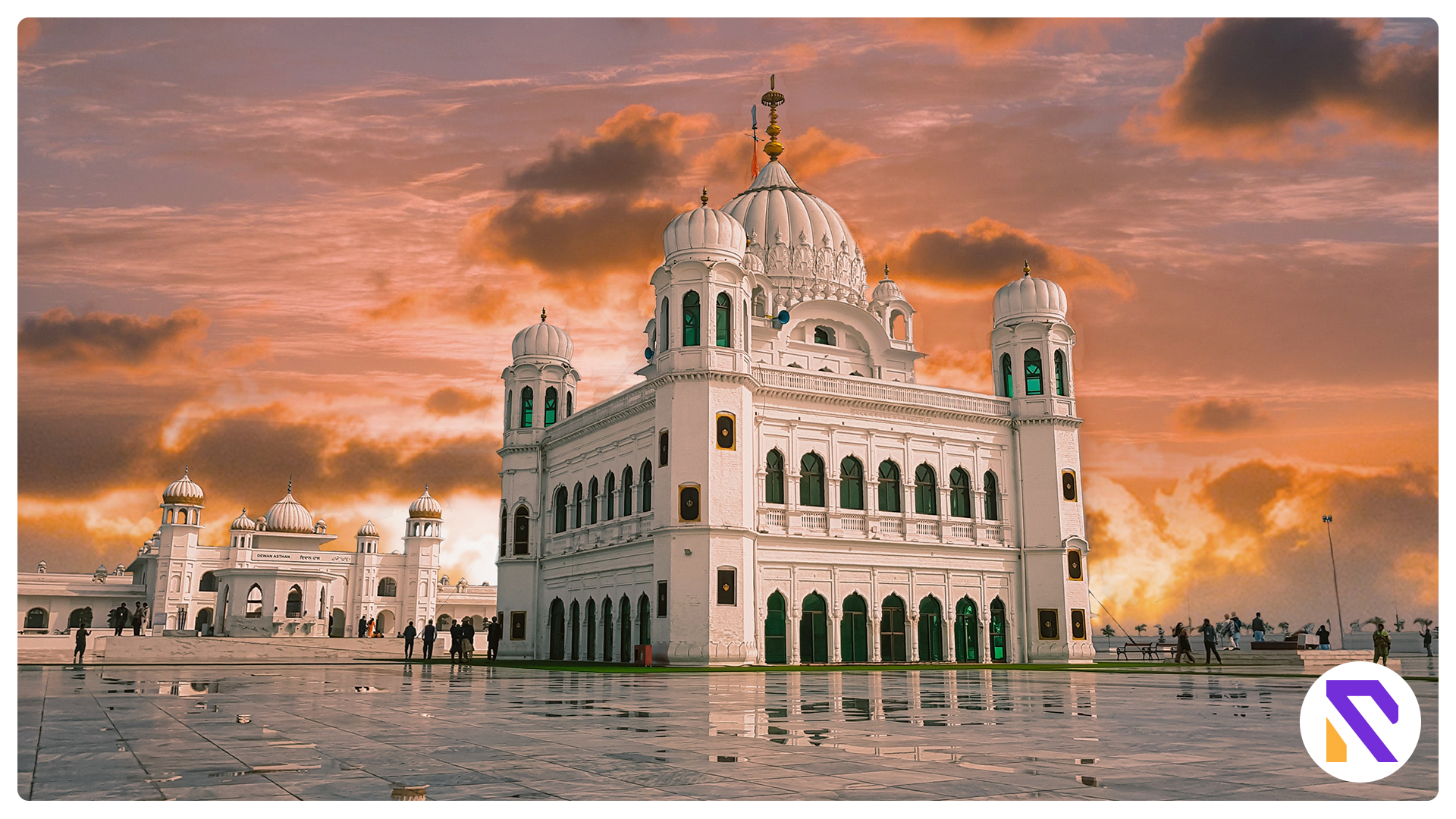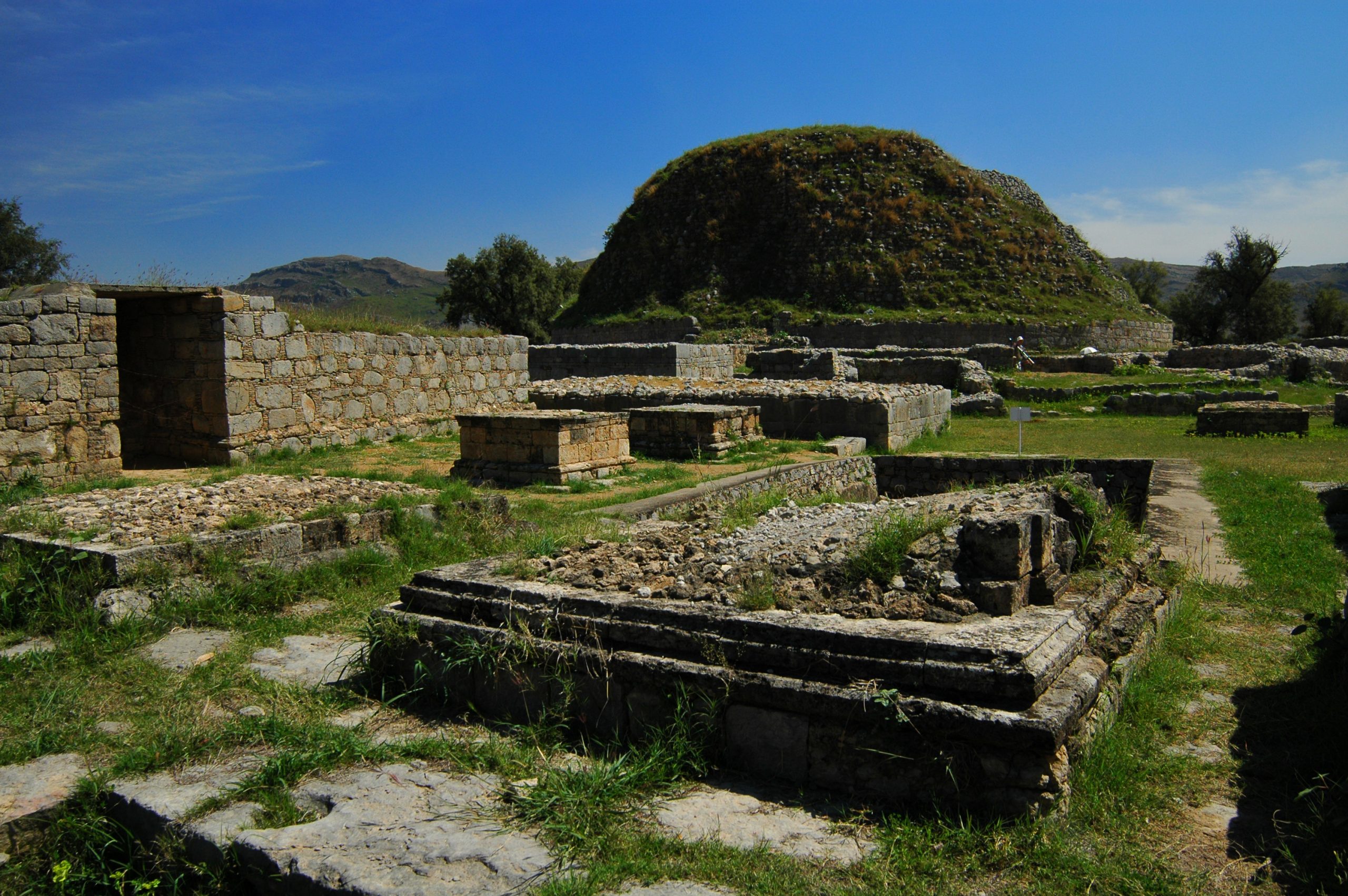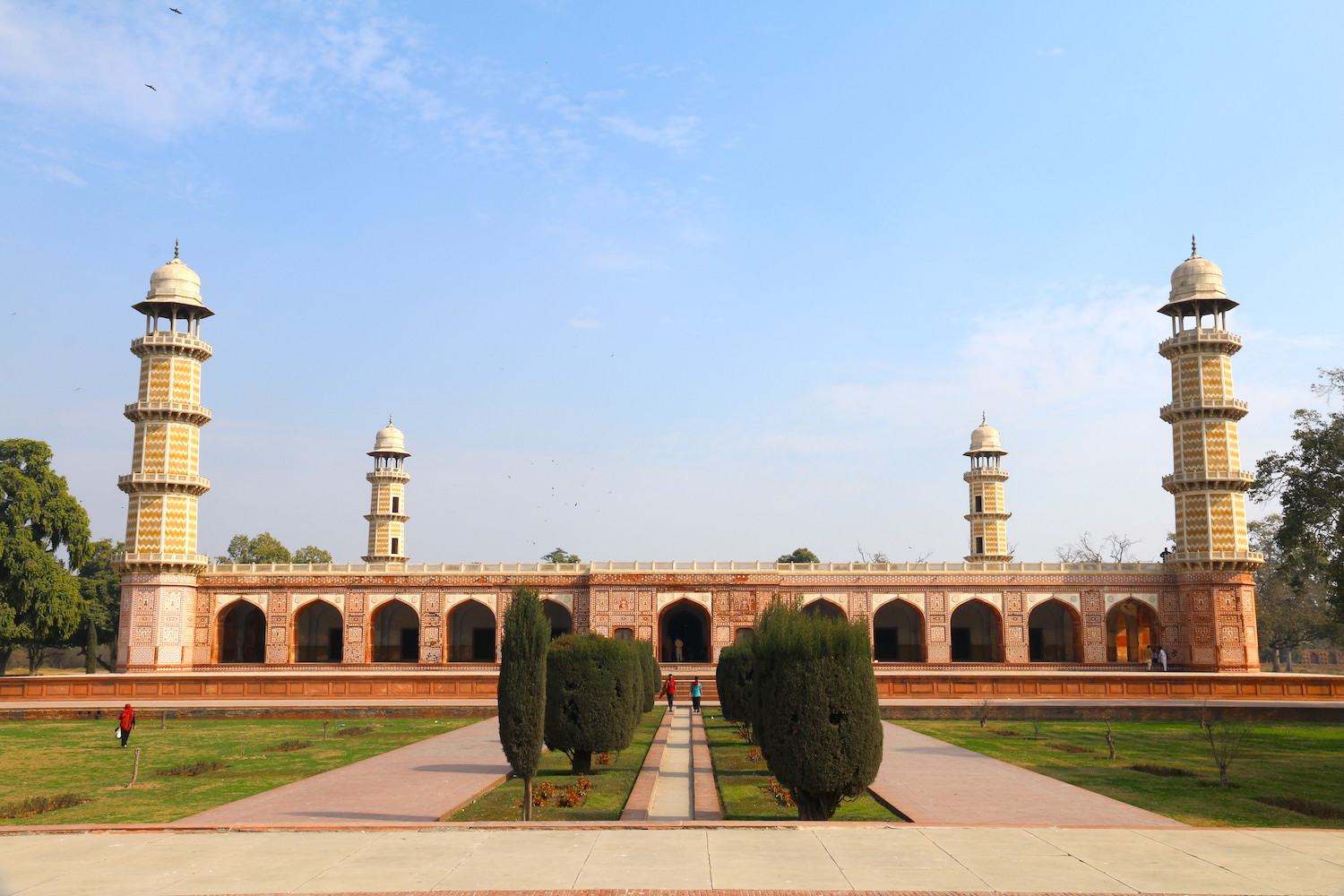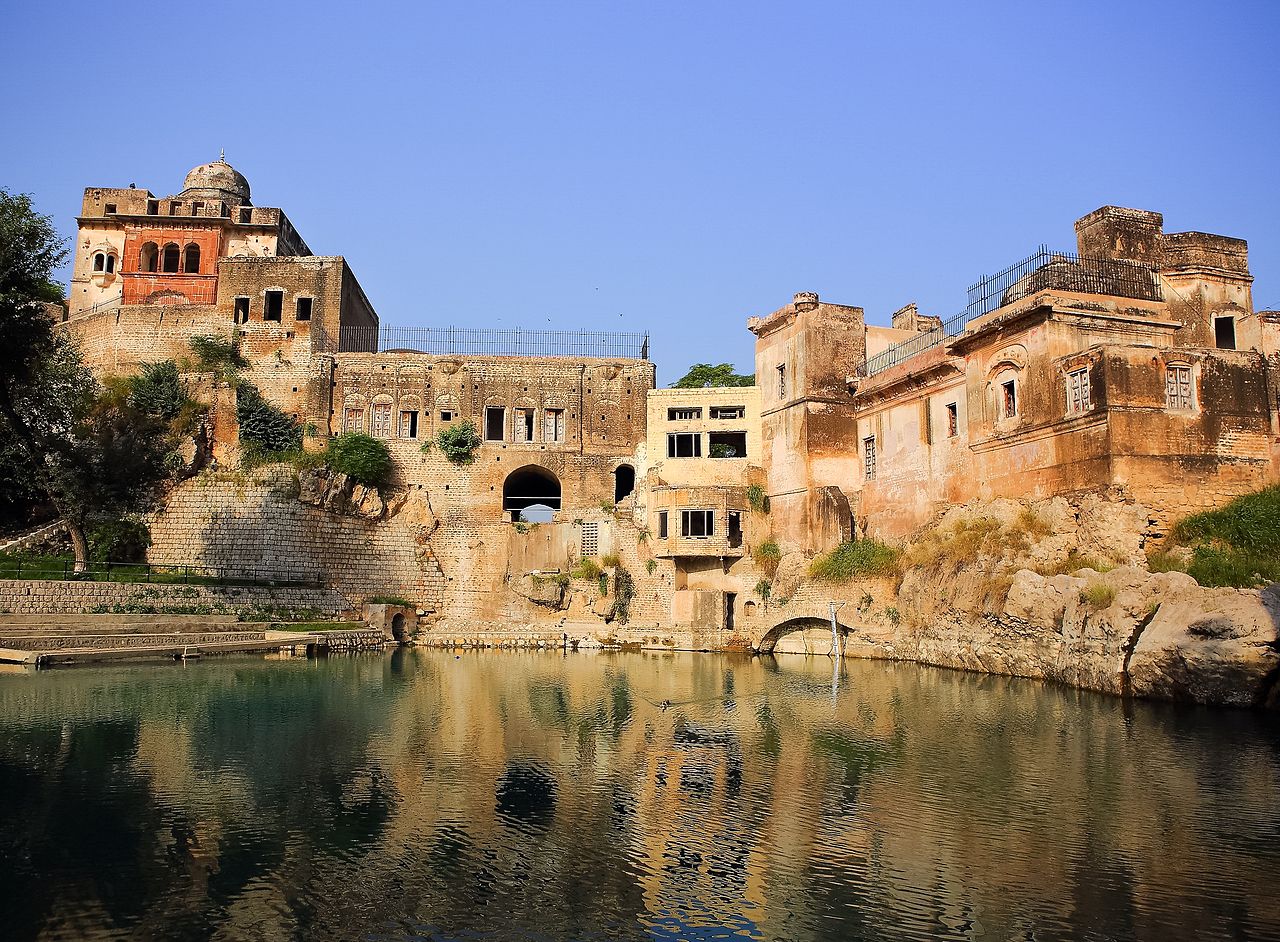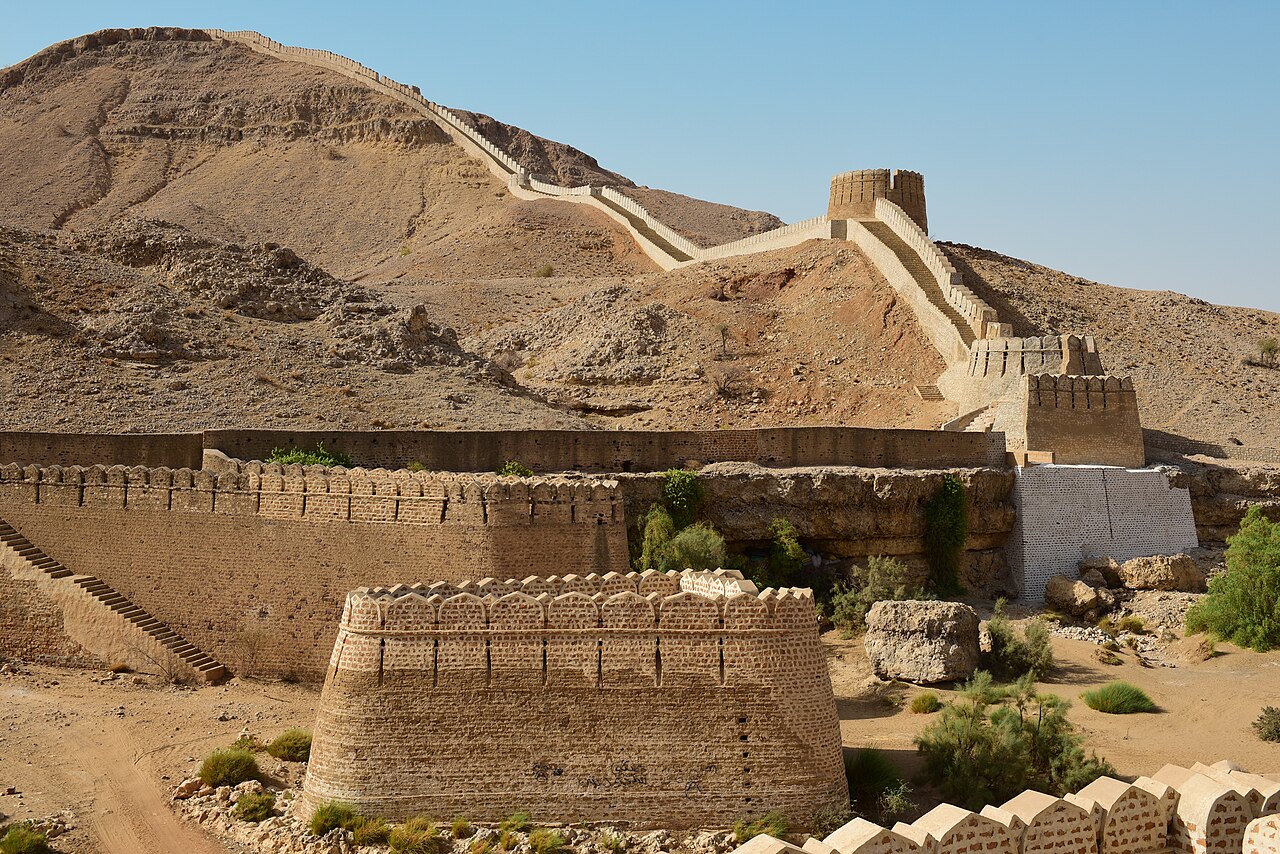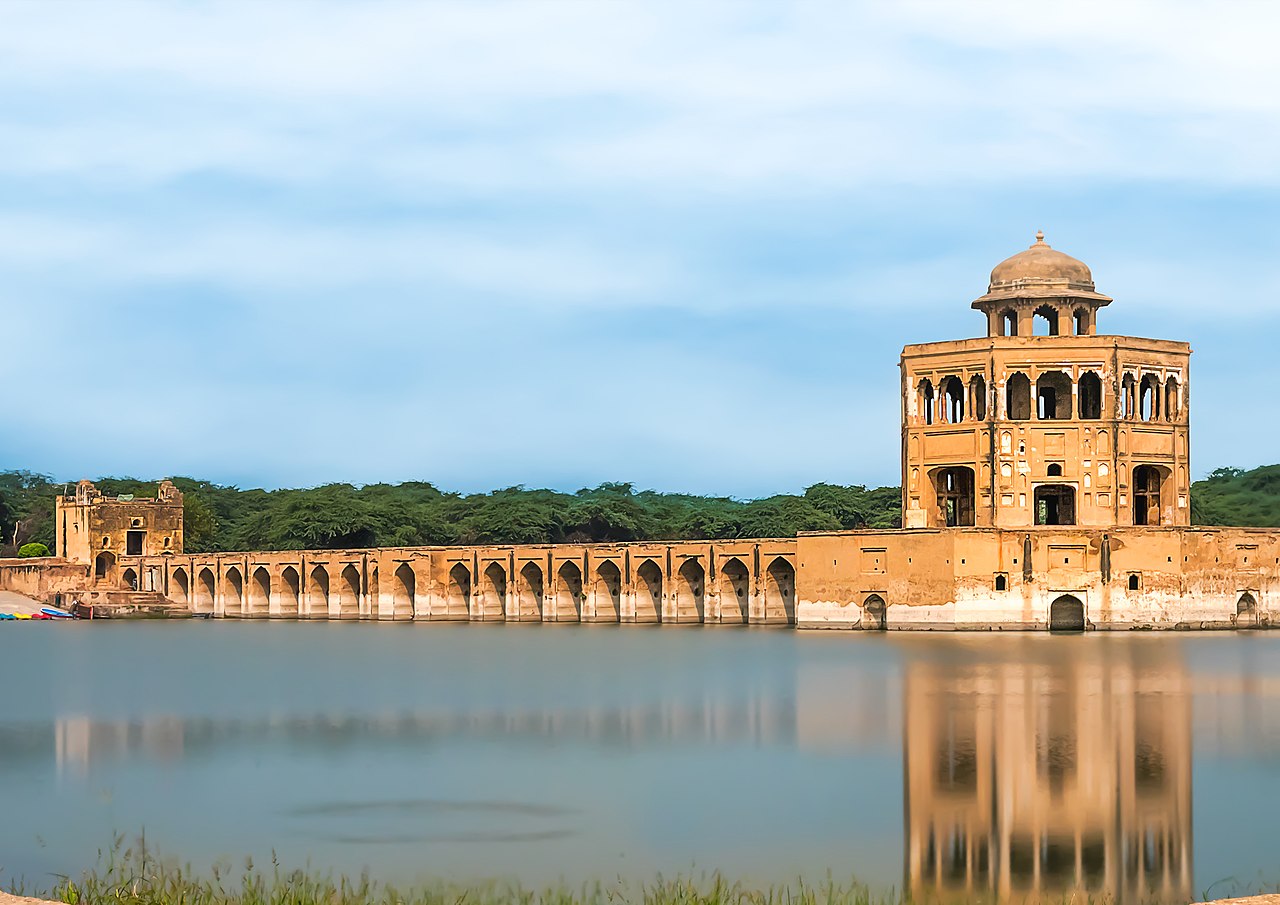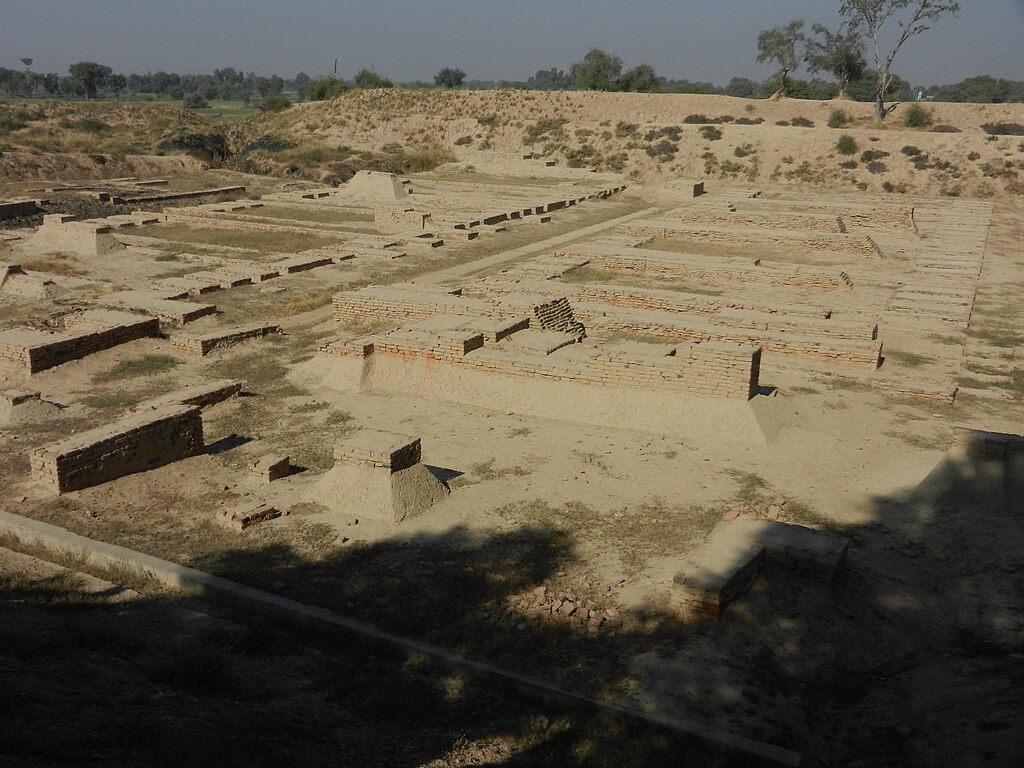Pakistan is a country filled with stories from the past, where every historical site offers a glimpse into ancient times. This place is perfect for anyone who loves history, with its mix of beautiful landscapes and old-world charm. From towering mountains to peaceful lakes in Pakistan, the diverse scenery is as captivating as the tales of the people and civilizations that have lived here. For those interested in exploring, Pakistan has something for everyone. As you start exploring through the provinces of Pakistan, you get to know alot.
Alongside visiting historical spots, you can enjoy stunning lakes and the beautiful northern areas, ideal for trips with family or friends. Curious about how many historical places are there? We’ve picked out the list of top historical places you should check out to experience the best of Pakistan’s heritage.
Here is the List of Historical Places in Pakistan:
| Historical Places | Location | Visiting Hours | Entrance Fee | Opened / Founded |
|---|---|---|---|---|
| 1. The Noor Mahal | Bahawalpur, Punjab | 9AM – 10PM | Free | 1875 |
| 2. Minar-e-Pakistan | Lahore, Punjab | 24 hours | Free | 1960 |
| 3. Taxila City | Taxila Tehsil, Rawalpindi District, Punjab, Pakistan | 9AM – 5PM | 50rs locals, 200rs foreigners | ——— |
| 4. Lahore Fort | H8Q7+56P, Fort Rd, Walled City of Lahore, Lahore, Punjab | 8:30AM – 5PM | 30rs locals, 500rs foreigners | 1674 |
| 5. Rohtas Fort | Rohtas fort, Dina, Jhelum, Punjab 49400 | 9AM – 5PM | Free | 16th century |
| 6. Tomb of Jahangir | Shahdara, Lahore, Punjab | 9AM – 7PM | 10rs for Pakistani, 200rs for foreigners | 1627 |
| 7. Takht-i-Bahi | Mazdoorabad, Takht Bhai, Mardan, Khyber Pakhtunkhwa | 9AM – 5PM | Free | 1st century |
| 8. Mohenjo-Daro | Mohenjo-daro, Larkana, Sindh | 8am – 6pm | No | 26th century |
| 9. Katas Raj | Kalar Kahar Rd, Katas, Chakwal, Punjab | 9am – 6pm | 2500rs | 6th century |
| 10. Rani Kot, Sindh | Ranikot fort Wall, Karchat, Jamshoro, Sindh | 9AM – 7PM | 20rs locals, 300rs foreigners | 1812 |
| 11. Hiran Minar | Hiran Minar Park Road, Sheikhupura, Punjab | 8AM – 8PM | 20 Rs for adults | 17th century |
| 12. Harappa ruins, Taxila | Sahiwal District, Punjab, Pakistan | 8am – 5:30pm | 20rs locals, 300rs foreigners | ——— |
1. The Noor Mahal
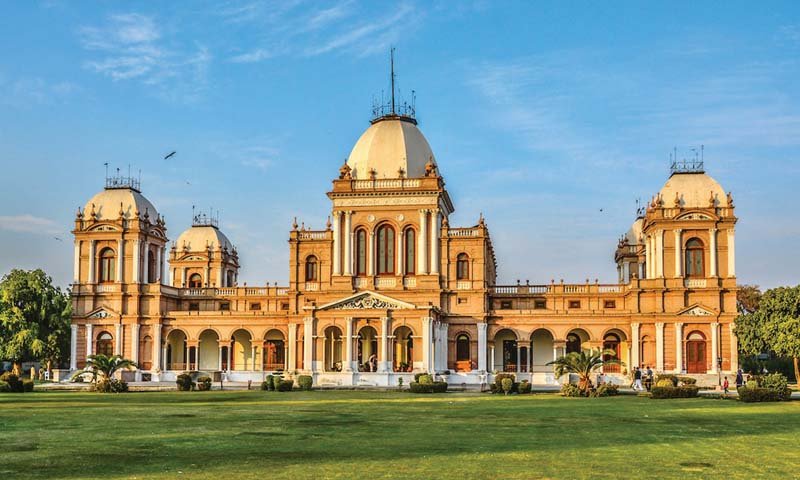
Located in Bahawalpur, Noor Mahal is a stunning piece of history from the British Raj era, built in 1872 by the Nawab of Bahawalpur. This beautiful building is an architectural gem. What makes it even more fascinating is the unique touch given during its construction – a city map and gold coins were embedded in its foundation. Noor Mahal is a must-visit for anyone exploring historical places in Pakistan, offering a glimpse into the country’s rich past and architectural heritage.
Beyond its striking exterior, Noor Mahal’s interior showcases exquisite taste, with lavish furnishings sourced from England and Italy. Completed in 1875 at a cost of Rs. 1.2 million, the palace spans 44,600 square feet and houses 32 rooms, including 14 in the basement, alongside 6 verandas and 5 domes, offering a glimpse into regal living.
In 1906, an additional Rs. 1.2 Million was invested by Nawab Muhammad Bahawal Khan V to add a mosque, further enhancing the complex. The mosque Recognized as a “protected monument” in September 2001 by Pakistan’s Department of Archeology, Noor Mahal now welcomes visitors, displaying Nawab’s personal belongings, such as swords, old currency, antique furniture, and even an ancient piano, alongside a wall adorned with the Nawabs’ portraits. The mosques is considered one of the beautiful mosques in Pakistan, enhancing the look of entire complex.
This historic site not only enriches Pakistan’s cultural landscape but also connects to the educational sphere, being a point of interest for students and academics from universities in Peshawar and beyond, seeking insights into the country’s rich heritage.
2. Minar-e-Pakistan
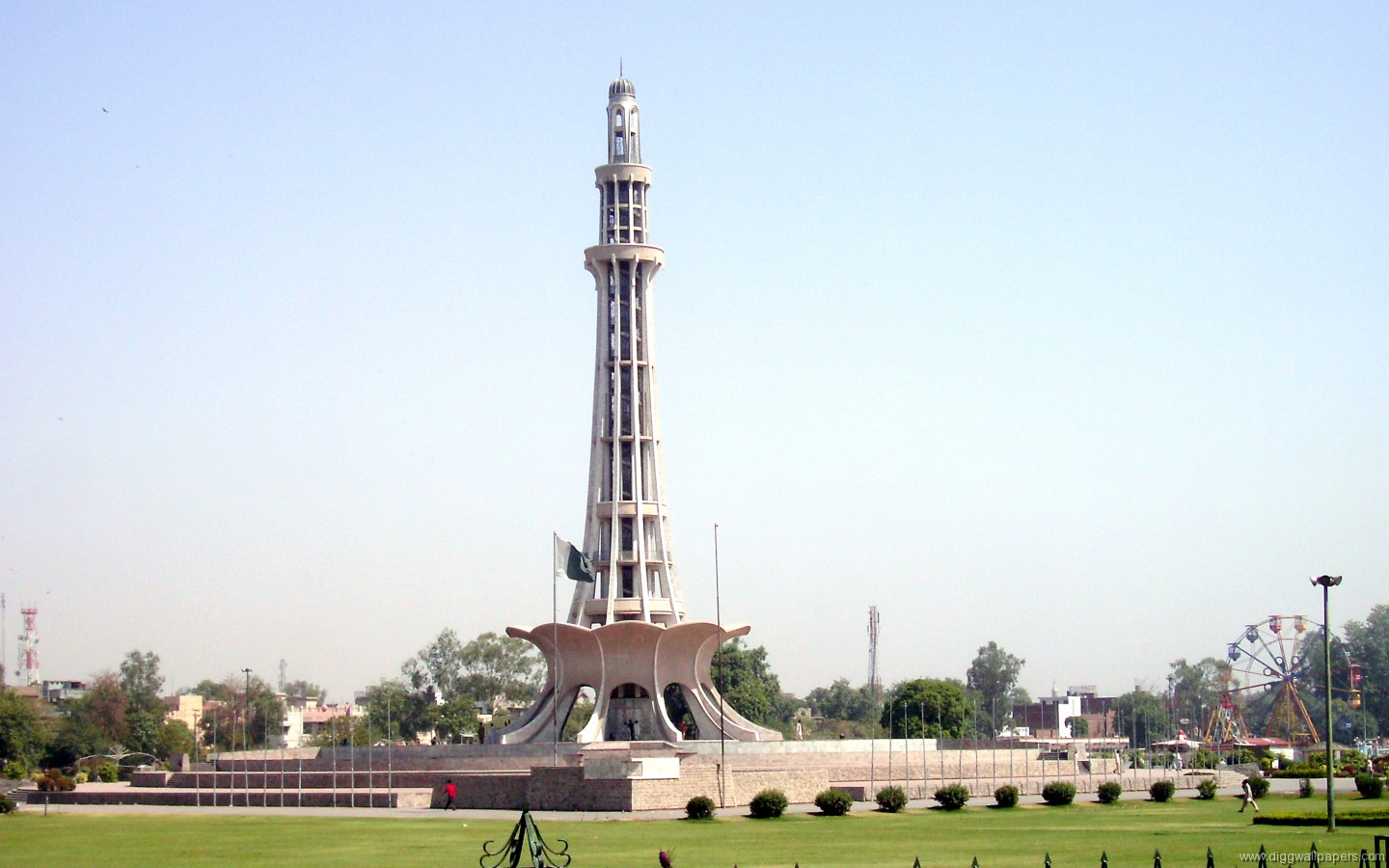
Minar-e-Pakistan stands out as a powerful symbol of the country’s nationalism and patriotism, ranking among the iconic national monuments of Pakistan. It includes in the list ofLocated in the heart of Lahore, this iconic tower marks the spot where the historic Lahore Resolution was pas sed on March 23, 1940, paving the way for the country’s independence.
This historical place in Lahore, designed by the Russian architect Nasreddin Murat-Khan, Minar-e-Pakistan, combines Islamic art with modern design, reflecting the nation’s identity. Construction started in 1960 and concluded in 1968, costing Rs.7,058,000. The monument towers at 70 meters, with the main structure rising 62 meters above the base, which spreads out like petals, each reaching up to 9 meters high. The tower’s base diameter is about 9.75 meters. Inscriptions on the petals feature the Lahore Resolution in Urdu, Bengali, and English alongside the text of the Delhi Resolution of April 9, 1946.
Minar-e-Pakistan is not just a historical landmark; it’s a testament to the country’s journey towards independence. Its location in Lahore, easily accessible by the extensive highways of Pakistan, makes it a must-visit destination for anyone interested in the nation’s past and architectural marvels.
3. Taxila City
Taxila, located near Islamabad and Rawalpindi, showcases the rich history of ancient civilizations making it notable in the list of museums in Pakistan. Known as the “City of Cut Stone,” it’s situated 32 kilometers (20 miles) from the capital, near the historic Grand Trunk Road. The fascinating ruins of Taxila date back to the 6th century BCE, marking the presence of the Achaemenid Empire.
Over the centuries, it became a melting pot of cultures under the Mauryan Empire, Indo-Greek, Indo-Scythian, and Kushan Empire, showcasing the diverse geography of Pakistan and its role in ancient trade and cultural exchanges.
Rediscovered in the mid-19th century by Sir Alexander Cunningham, Taxila was recognized as a UNESCO World Heritage Site in 1980 and 2006, affirming its global historical significance. This site offers to explore the ancient world, inviting visitors to explore the remains of a bygone era and the rich geography of Pakistan. Taxila serves as a compelling destination for those eager to connect with the past and uncover the layers of human history embedded in Pakistan’s land.
4. Lahore Fort
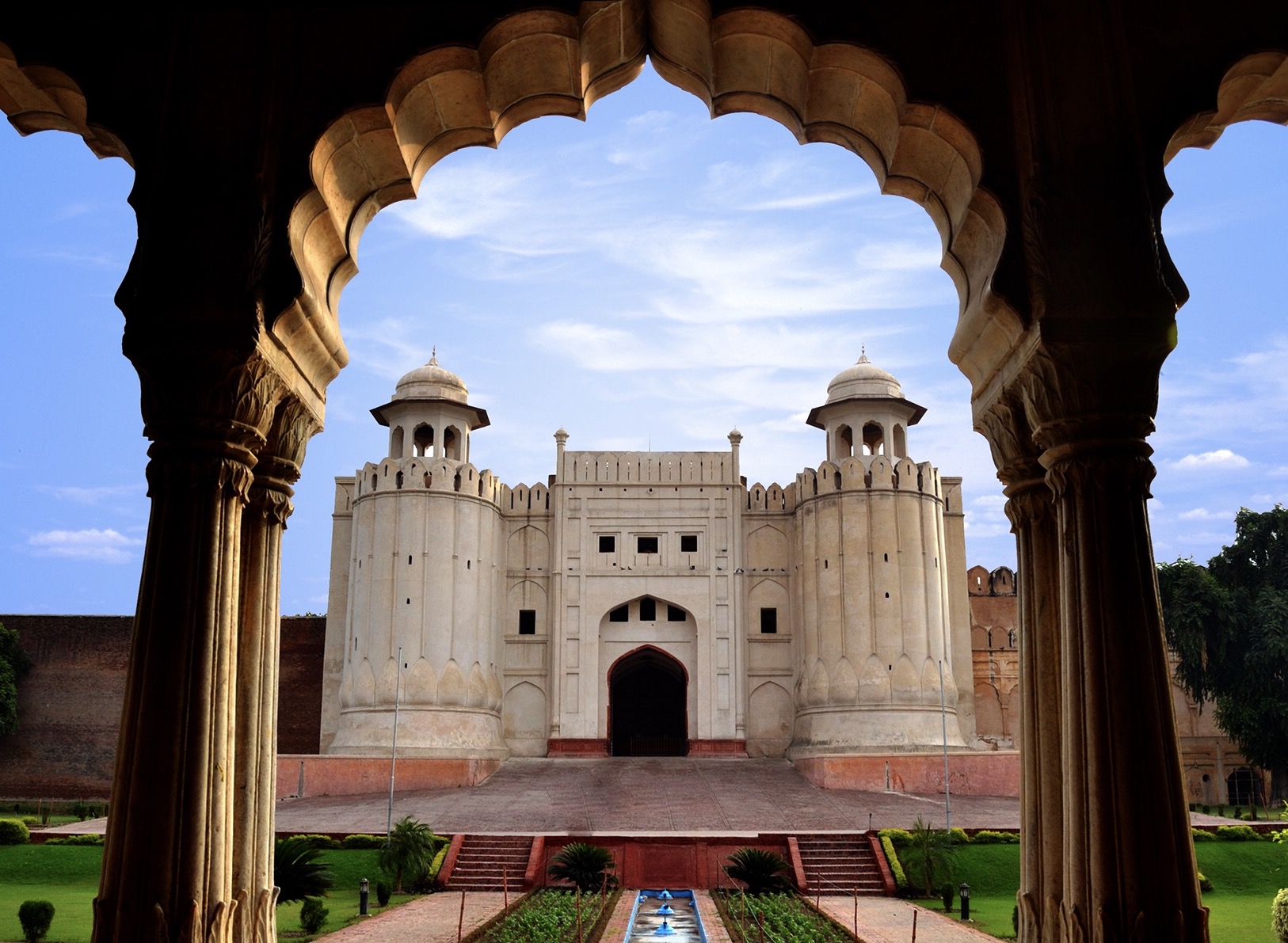
Located in the heart of Lahore’s walled city, the Lahore Fort, or Shahi Qila, stands as an evidence to Pakistan’s rich history. This iconic fortress, a cornerstone among famous historical places in Pakistan, spans an impressive 20 hectares, housing 21 significant monuments that trace back to the era of Emperor Akbar.
Over the years, the Lahore Fort has seen transformations under various rulers. Shah Jahan added a touch of luxury with precious stones and intricate floral motifs, while Aurangzeb expanded its grandeur with the addition of the Alamgiri Gate. The fort also played a pivotal role as the residence of Emperor Ranjit Singh, marking an important era in the Sikh Empire’s history.
Recognized for its outstanding collection of Mughal architecture, UNESCO honored the Lahore Fort as a World Heritage Site in 1981. This prestigious recognition highlights the fort’s unparalleled contribution to the cultural and historical places of Pakistan.
5. Rohtas Fort
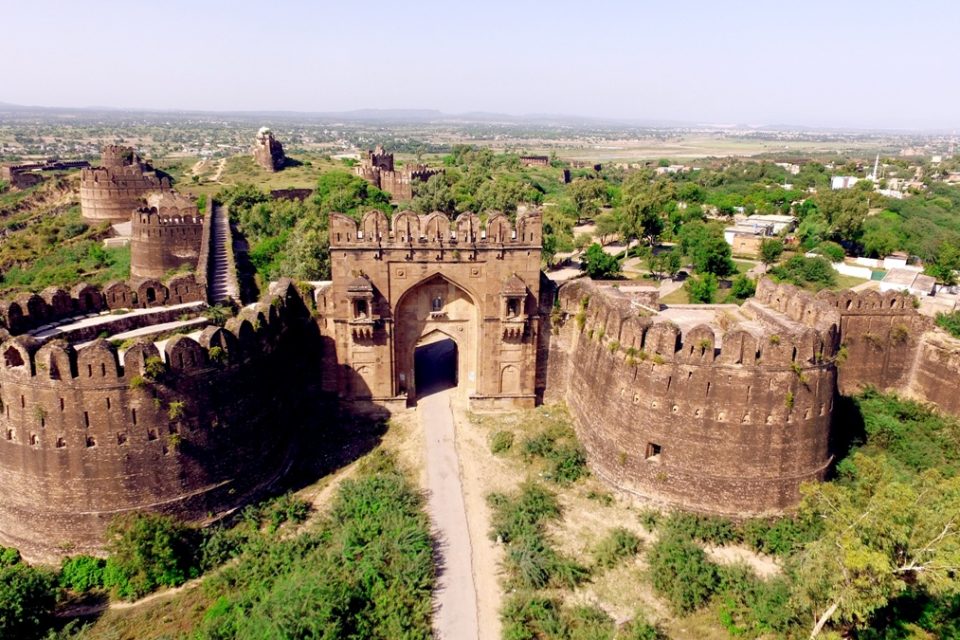
Rohtas Fort, ideally located near Jhelum, this 16th-century fortress stands as a tribute to the military genius of Sher Shah Suri’s era. Not only is Rohtas Fort recognized for its grand scale, being one of the subcontinent’s largest forts, but it’s also celebrated for its well-preserved architecture. Spanning 70 hectares and surrounded by a 4-kilometer wall featuring 68 bastion towers and 12 gates, this UNESCO World Heritage Site since 1997 showcases the pinnacle of Muslim military architecture in Central and South Asia.
Remarkably, it has remained untouched by battles, preserving its structural integrity and historical essence for up to 30,000 men. For those exploring the area, a variety of excellent dining options await near these historical sites, enhancing the experience with local flavors. Whether you’re here for historic exploration or you are food fan, pairing a visit to Rohtas Fort with the vibrant restaurants in Peshawar offers a unique blend of cultural exploration and culinary delight.
6. Tomb of Jahangir
Jahangir’s Tomb in Lahore is a must-see if you’re interested in Pakistan’s history. This place isn’t just any old tomb; it’s a masterpiece of architecture. This architectural wonder showcases exquisite craftsmanship, featuring detailed glasswork and marble designs that honor the legacy of Mughal Emperor Jahangir. What makes it special is that it’s built in a garden where Jahangir and his wife loved to hang out, even though he actually passed away in Kashmir.
Visiting here gives you more than just a history lesson; it’s right in the middle of where people are coming up with successful business ideas in Pakistan. So, you get to see how the past meets the present. Whether you’re into beautiful buildings or cool stories from history, Jahangir’s Tomb has something for everyone.
7. Takht-i-Bahi
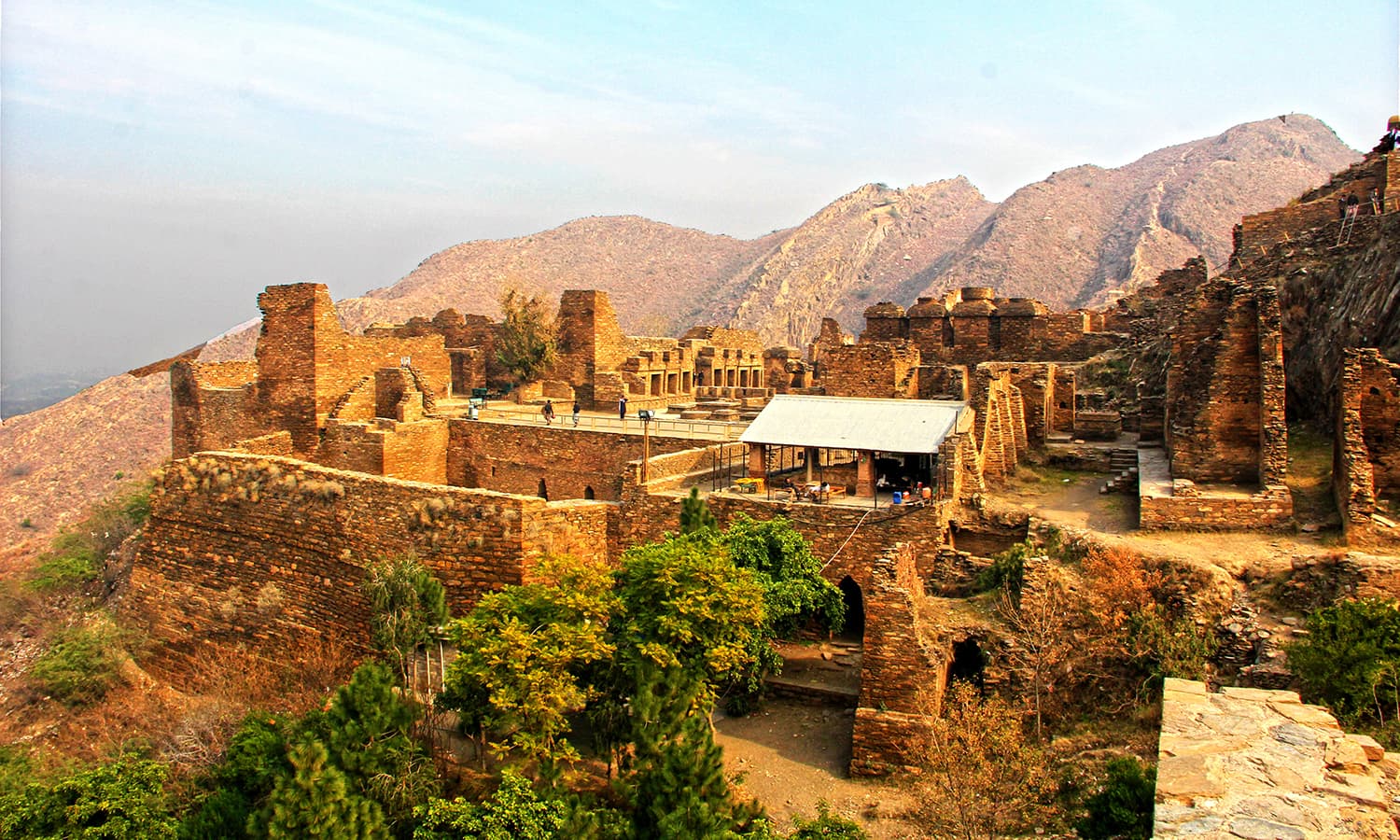
Takht-i-Bahi, a gem in Pakistan’s historical sites, stands out for its ancient significance. Situated in Mardan, within the Khyber-Pakhtunkhwa province, this site allows you to know about the rich Buddhist heritage of the Gandhara civilization. Recognized by UNESCO as a World Heritage Site in 1980, Takht-i-Bahi’s origins trace back to the 1st century CE, serving as a spiritual and educational hub for Buddhists until the 7th century.
The complex is meticulously organized into four main sections. The Stupa Court, its central feature, houses a collection of stupas within a courtyard, showcasing the architectural prowess of ancient builders. Adjacent to it, the monastic chambers reveal a glimpse into the daily lives of monks, with individual cells and communal spaces designed for meditation and study. While exploring Mardan’s historical landscape, visitors are also encouraged to explore parks in Peshawar, to explore natural beauty.
8. Mohenjo-Daro
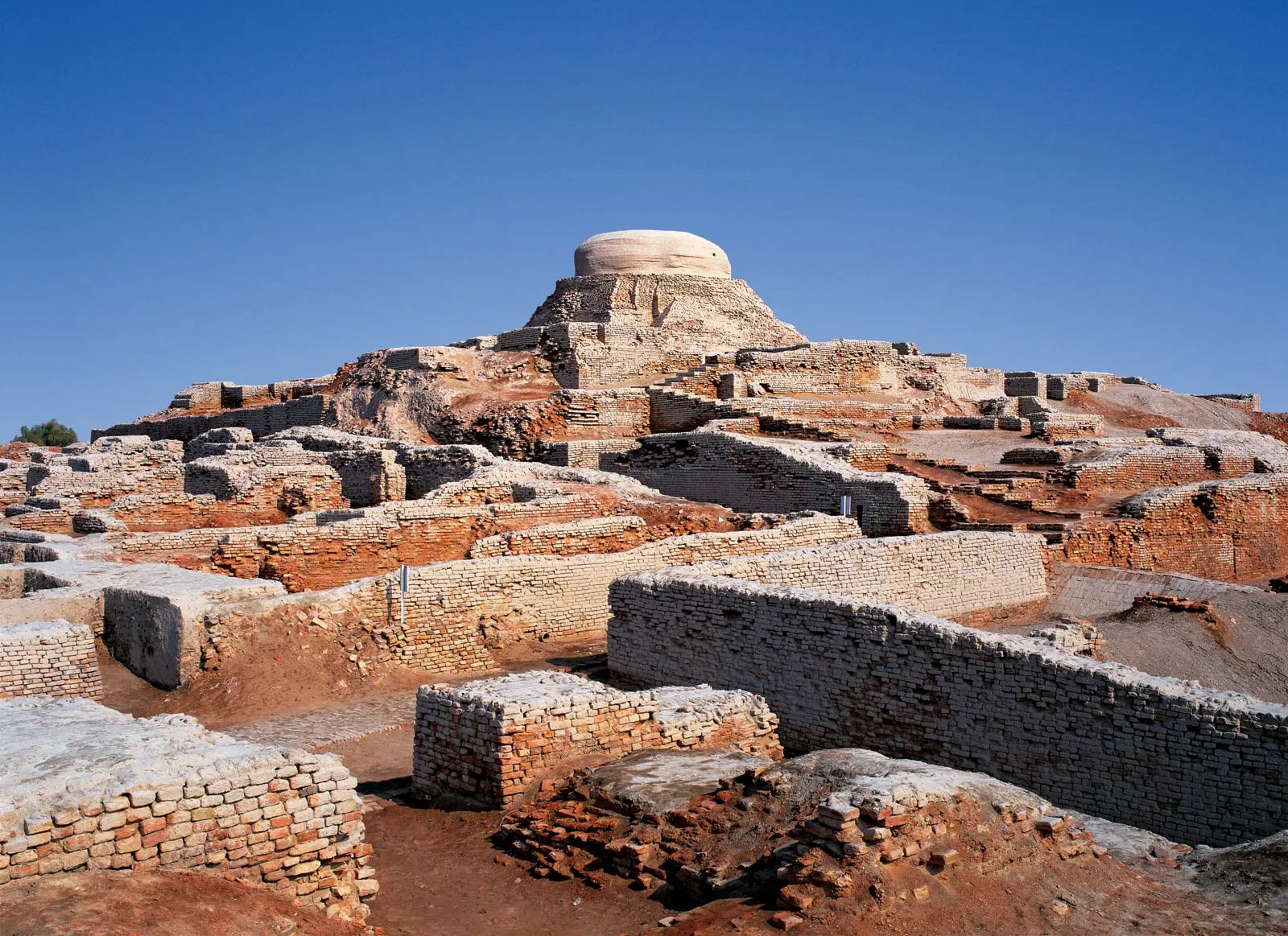
Mohenjo-daro, or ‘Mound of the Dead Men,’ is a significant archaeological spot that reveals the sophisticated urban planning of the Indus Valley Civilization, established around 2500 BCE. This ancient city, which was contemporary with civilizations like ancient Egypt and Mesopotamia, was abandoned by the 19th century BCE and remained undiscovered until the 1920s.
Today, it stands as a UNESCO World Heritage Site, located in the Larkana District of Sindh, Pakistan, on the west bank of the Indus River. The site offers a glimpse into the complexities of early human settlements and underscores the advanced lifestyle of its inhabitants.
As we examine the dynamics of Pakistan’s history and its real estate market, we get to know that the market is influenced by a variety of factors, including economic conditions, urban development policies, and demographic trends. Identifying the best cities for real estate investment in Pakistan is paramount for securing profitable returns.
This connection between the ancient and the modern illustrates Pakistan’s rich heritage and its evolving real estate landscape. From the historical depth of Mohenjo-daro to the profitable investment opportunities in its urban centers, Pakistan presents a matchless mix of past insights and future possibilities.
9. Katas Raj
This historical place is located 20 km from Kallar Kahar, the Katas Raj Temples, also known as Qilla Katas, offer a captivating look into the ancient Hindu civilization and culture. These temples, situated about 100 km from the Tilla Jogian Complex, are a crucial part of the spiritual heritage of the region. The complex is a collection of various interconnected temples, making it easy for visitors to explore on foot. At the heart of this site is a vast pond, believed to be sacred in Hinduism, associated with legends of Lord Shiva shedding tears over the death of his wife Sati, which is said to have created the pond.
Another story attributes the temple’s foundation to Lord Krishna, who is believed to have established a hand-made shivling there. Spanning an area of 2 kanals and 15 marlas and with a depth of about 20 feet, the pond adds a serene ambiance to the temple complex. Remarkably, visiting this site, one of the most beautiful places in Pakistan, is free, and it is open from 8 AM to 6 PM, allowing sufficient time for exploration and reflection. The Katas Raj Temples not only serve as a window into the past, showcasing the religious beliefs and practices but also highlight the natural beauty and cultural significance of Pakistan’s historic sites.
10. Rani Kot, Sindh:
Nestled in the stunning landscape of Sindh, Pakistan, Rani Kot is a remarkable sight to behold. RaniKot Fort is a historical fort built in the Talpur dynasty. It is located in Jamshoro District, Sindh, and is known as the Great Wall of Sindh. It’s not just any fort – it’s one of the biggest in the world, stretching over 35 kilometers around. Built way back in the 17th century, it’s like stepping into a time machine, surrounded by walls made of sandstone and limestone that still stand strong today, telling stories of times gone by.
As you journey through the rugged terrain surrounding Rani Kot, you’re treated to breathtaking views of hills and valleys all around. Perched atop a rocky ridge, the fort offers a special spot to take in the beauty of the region. With its rich history, impressive architecture, and captivating scenery, Rani Kot easily earns its place among the most beautiful places in Pakistan, inviting travelers to uncover its hidden wonders and to gain knowledge about its intriguing past.
11. Hiran Minar:
Hiran Minar, an impressive architectural marvel from the Mughal period, stands tall as a symbol of the era’s magnificence. Situated in Sheikhupura, northwest of Lahore, Punjab, this magnificent tower was constructed in the 17th century. Its name, “Hiran Minar,” translates to “The Deer Tower” in English, symbolizing its origins as a tribute to Mughal Emperor Jahangir’s beloved pet antelope, Mansraj. Adjacent to Hiran Minar lies Sheikhupura Fort, further enriching the historical significance of the area. Accessible via the M2 Motorway, both sites offer a glimpse into the rich cultural heritage of the region.
The structure of Hiran Minar is both captivating and unique. Comprising four minarets each standing approximately 30 feet tall, the complex boasts a large pool and pavilion, enhancing its appeal and charm. Visitors can explore this historical gem from 8 am to 8 pm, with an affordable entrance fee of 20 Rs for adults, making it an accessible and enriching experience for all.
12. Harappa ruins, Taxila
Harappa, located about 25 km west of Sahiwal in Punjab, is a renowned archaeological site, drawing visitors from across the globe. Together with Mohenjo-Daro, it stands as an evidence to ancient civilization.
Dating back to the Bronze Age, Harappa thrived around 2600 BC along the Indus River Valley. It boasted a population of approximately 23,500 inhabitants across 150 hectares of land. The city was celebrated for its advanced urban centers, writing systems, and diverse social and economic structures. Today, Open for exploration from 8 am to 5:30 pm, the ruins of Harappa summon travelers to educate themselves about the rich history and cultural heritage of this remarkable ancient city.
Summing Up:
In conclusion, Pakistan boasts a wealth of historical places that offer a glimpse into its rich and different cultural heritage. From ancient archaeological wonders to majestic Mughal architecture, there’s something to captivate every traveler. Whether you’re a history explorer or simply seeking to broaden your horizons, exploring these sites promises an enriching experience. Don’t miss the chance to engage yourself in Pakistan’s fascinating history and create unforgettable memories.
Read More Blogs:
